From a simplistic point of view Herpetoculture can be defined as an activity that consists of keeping reptiles and amphibians in captivity either as a hobby or for commercial purposes, but the truth is that behind this there is a very wide universe that encompasses other sciences and activities that complement it and / or are directly related.
The Herpetoculturist is the person dedicated to the practice of Herpetoculture and who is responsible for the correct management of the species maintained.
It is extremely important that before proceeding with the acquisition of any specimen, the specific requirements that that species needs are thoroughly studied and thus to be able to provide the adequate conditions for its correct and healthy development.
Temperature, humidity, substrate, type of terrarium, food, vitamin and / or calcium supplements, UV radiation, etc; are some of the factors that we must take into account.
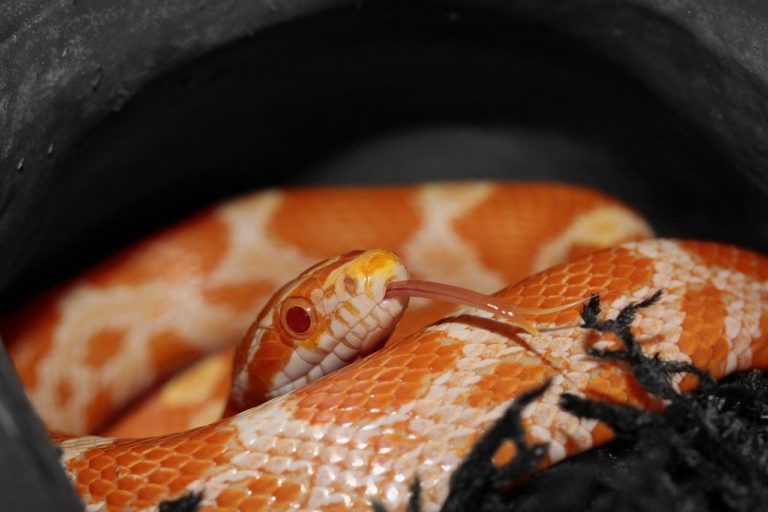
Currently on the web we can find a lot of valuable information on how to successfully maintain different species of reptiles and amphibians, there are pages where maintenance and reproduction sheets of different species are shared, there are also specialized forums and groups on social media which are very useful and where Information can be obtained directly from herpetoculturist who share their experiences.
Last but not least, remember that you can directly contact the breeder of the species you wish to acquire, there are currently many legally established and highly experienced hatcheries that provide excellent service to the public.
Herpetoculture is a fantastic universe where you can meet new people, learn and enjoy the world of reptiles, amphibians and an endless number of other things.
Hundreds of expo shows are held every year in different cities around the world, in those events breeders of different species expose their projects and other animals for sale, you can also find a wide range of products for the maintenance and breeding of reptiles and amphibians, breeders of rodents, insects and plants also usually participate in such events, it is very cool to attend these exhibitions, in they can have direct contact with hundreds of beautiful animals, snakes of different types, geckos, lizards and different species of amphibians are just some of the creatures you can find.
Genetics plays a fundamental role in the world of Herpetoculture, over the years a host of genes have been discovered that, when worked selectively, generate different visual expressions or mutations at the level of coloration, pattern or other physical characteristics.
Just as a painter develops an artistic project, applying different techniques and playing with colors, patterns and textures, the herpetoculturist develops selective breeding projects by planningly crossing specimens bearing specific characteristics, in order to obtain a certain result.
The visual expressions generated by an individual gene are called “basic morph”, while those generated by the combination of more than one gene are called “design morph” or “combo”, in many cases the results obtained are simply incredible, which is why many animals are considered living pieces of art.
Undoubtedly, the species that currently has the largest number of genes discovered or mutations is the Ball Python (Python regius) which has acquired a high level of popularity, the genetic diversity of this species seems to have no limit, currently there are already registration of more than 3000 morphs. However, there are great advances in breeding and genetics in many other species that are growing in popularity every day.
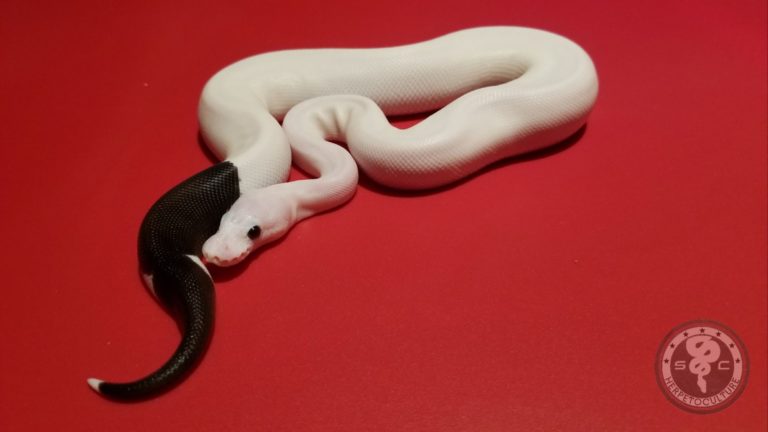
Herpetoculture practiced responsibly and with its due regulations plays an important role at an ecological level, developing projects of breeding in captivity can convat the illegal wildlife market, since existing legally established breeders can safely acquire healthy animals, strong and fully adapted to life in captivity.
In the same way, Herpetoculture can help preserve species that are in danger of extinction, a clear example of this is the case of the Crested Gecko (Correlophus ciliatus), originally from New Caledonia, which was believed to be extinct but was rediscovered in 1994.
Currently there are laws that prohibit the capture and export of New Caledonian Crested geckos, however, before imposing such laws, the government of that country allowed the collection and export of a number of geckos with which captive breeding projects were established in Europe and United States, due to the success of these projects, currently exist a very large population of crested geckos that live and develop perfectly in captivity, making it possible to legally acquire specimens without affecting the existing population in the wild.
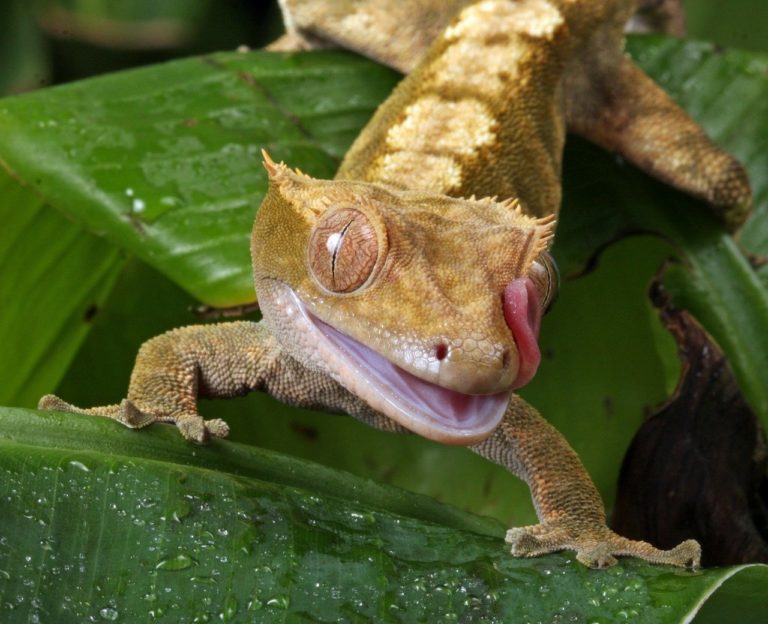
Finally I can conclude that Herpetoculture is a very beautiful and exciting activity that allows us direct interaction with these incredible animals that we like so much, opening the doors of a wonderful world in which your imagination is the limit.
Salvador Contreras.

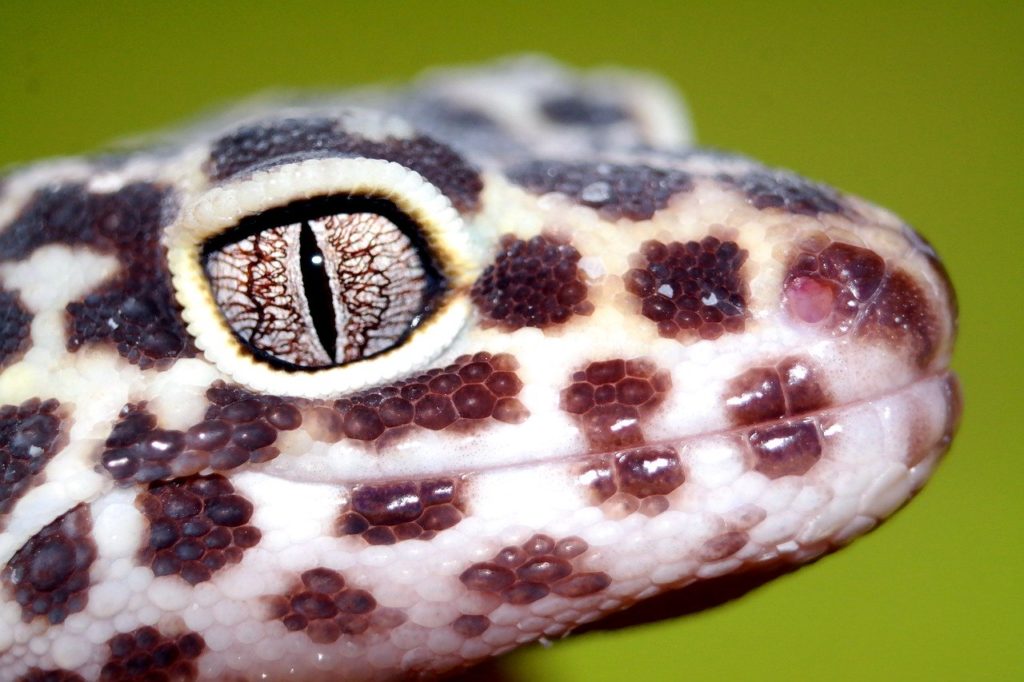
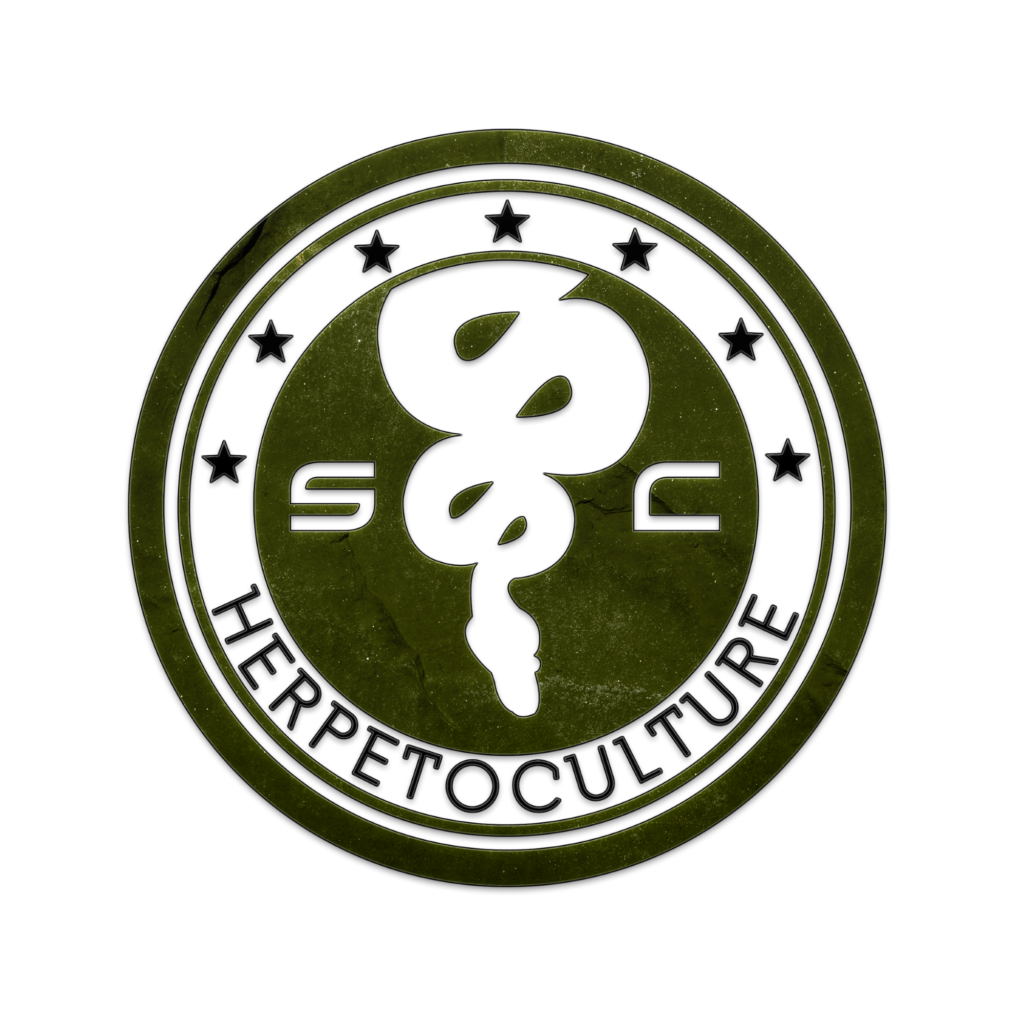
I am so grateful for your article post. Really looking forward to read more. Fantastic. Dasya Ewell Eudosia